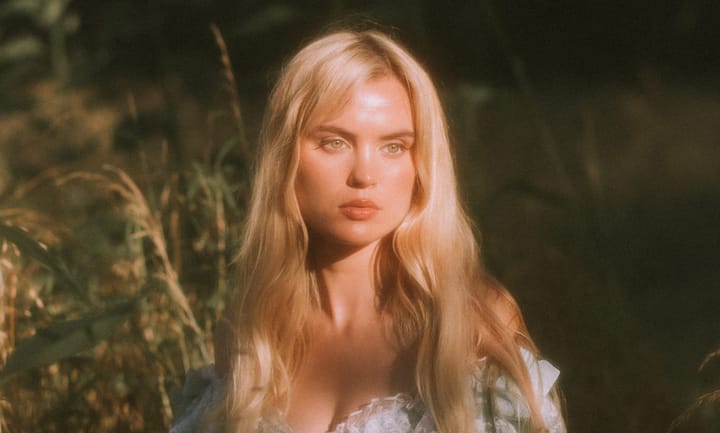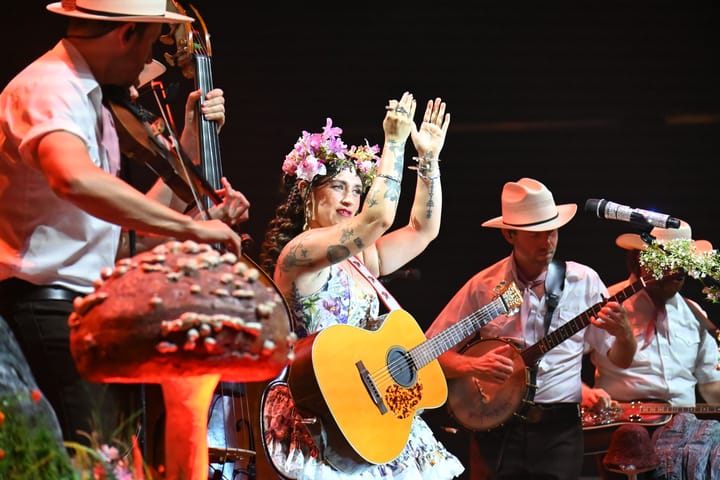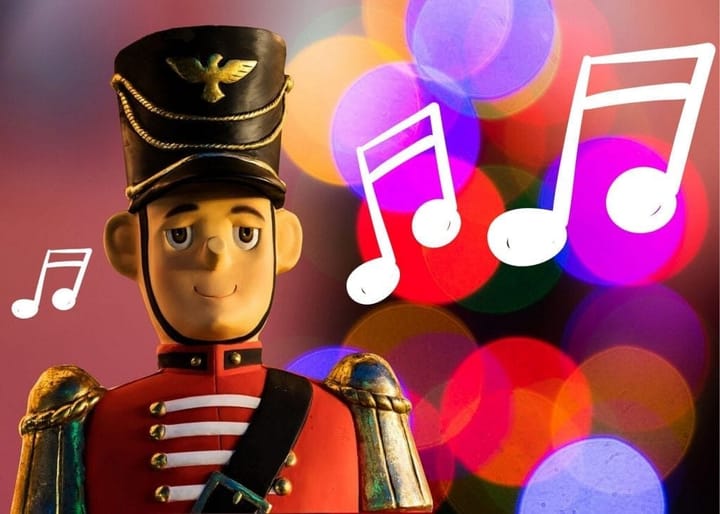This is the third post in Hearth Music's series on contemporary Irish music. Our last post focused on the Irish poet and songwriter, Rónán Ó Snodaigh, and our first post focused on Irish whisper-folk songwriter James Vincent McMorrow.
The Irish Enigma of Kíla's Rónán Ó Snodaigh
James Vincent McMorrow's Whisper-Folk Irish Songs
While researching my article on Rónán Ó Snodaigh, I came across the beautiful photography of Liam Carroll. Based out of Galway, Ireland, Liam has photographed a host of Irish musicians and even traveled the world taking pictures. But the series that most captivated me was his "Connemara Set". Somehow he managed to capture the edgy isolation of the Connemara wilderness. Rather than the usual, lush green pictures of Connemara, he's managed to portray its untamed nature. He graciously granted me permission to repost some of these photos here.
Liam Carroll Photography
The Connemara Set, June 9 2011
All Photos by Liam Carroll.

I once had a famous Irish poet tell me that driving through the Connemara was like going on safari: you rolled up your windows, locked the doors, and tried not to engage anyone. Like the deep Appalachians, the people of Connemara are often viewed as wild and barely tamed. The small villages nestled into the soft hills and marshes of Connemara are thought to be isolated from the rest of Ireland, preserving a more savage aspect of the Irish spirit.

When I was still in high school, I traveled through the Connemara looking for music and Irish seisúns. Seisúns, or sessions, are the the heartsblood of traditional Irish music. Held in local pubs, these informal gatherings reflect the insular side of Irish community, and thrive best in dark, hidden spaces. They're parties, but they're also musical proving grounds, as younger players show off their chops and older players vie for respect. Irish musicians seem to delight in obscuring their music and culture. If you listen to Irish fiddling today, you'd have little idea that this music was once made for dancing. Over the past century, multiple generations of Irish musicians have so obscured the beat with flourishing ornaments and rapid bowing that many modern audiences are hard-pressed to clap along during a bracing set of Irish reels.

The Connemara is a district of Western Ireland that stretches West of Galway towards the Atlantic Ocean, encompassing the mountains known as the Twelve Bens (Na Beanna Beola in Irish), the famed Kylemore Abbey, the town of Clifden (the largest town in Connemara with 1,900 people), the island of Inishbofin, the Owenglen and Invermore rivers, and a host of megalithic tombs. In ancient history, the tribal Conmhaícne Mara people lent their name to the region. They themselves were named for a mythical ancestor known as Con Mhac or "Hound Son".

The music of Connemara is a hold-out to the older forms of Irish traditional music, many of which are on the decline. These forms come under the heading of sean-nós, meaning "old-style". The sean-nós song tradition is particularly rich in Connemara. It's a form of highly ornamented, unaccompanied singing in Irish Gaelic that's remarkably difficult to pull off and highly respected in traditional Irish culture. Singers sometimes close their eyes, swaying back and forth, and holding hands with listeners, in an almost religious trance. The songs are long, sometimes epic ballads that showcase traditional Irish poetry. The great sean-nós singer, Joe Heaney, was born in the small village of Carna in Connemara. He lived much of his life in New York as a bellhop, and ended his days in Seattle, Washington, as a guest of the Ethnomusicology department of the University of Washington.

This beautifully shot short film about Connemara music from Ireland's Gaelic TV channel TG4 showcases some of the sean-nós tradition. It's filmed in the pub E.J. King's in the town of Clifden. First is sean-nós dancer Emma O'Sullivan from Renvyle in Connemara. Note how different this old style of dancing is from the prancy-prancy Riverdance steps we've all become used to. This "close to the floor" style of dance led the way to a host of American stepdance traditions, including tap dancing.
Next up is the sean-nós singer Padraic Ó Flatharta from Carna (home of Joe Heaney). He sings the old ballad of heartbreak and death, "Mainistir na Búille" (named for the town of Boyle in County Roscommon). TG4 kindly provides the English translation. The song was sourced from the collection "The Love Songs of Conamara".


Mainistir na Búille
I spent seven weeks in Boyle
Lying in bed and I wasn't asleep but awake,
Hoping you would come every half-hour with the priest, in secret
Oh, you were enticing me so that I lost my honour by you.
My love is like a white flower in the garden at the start of summer,
Or the white gulls swimming on Lough Erne,
Or like a ship on the sea turning in brightness,
And that is how my bright love makes my mind delirious.
My people went to Ballinrobe to order my coffin,
The rest of them went to Eochaill woods to make my bier from the tops of the branches,
I hope to God that they are all lying,
And that I and my darling will be drinking together for a while.
How lucky the cabin where my beloved goes drinking,
How lucky the path where her shoe treads.
How lucky the young man who will have her to wed,
The guiding star of the morning, and a torch in the evening.
May it not be long until get a letter and news from you,
May it not be long until I get it to open and to read,
May it not be long until I see the priest in his vestments,
Bright gold in our pockets and we married to each other.
This post originally appeared on the Hearth Music Blog. Check out our website and roam through our blog and Online Listening Lounge to discover your next favorite artist! We're dedicated to promoting today's best Roots/Americana/World musicians.





Comments ()